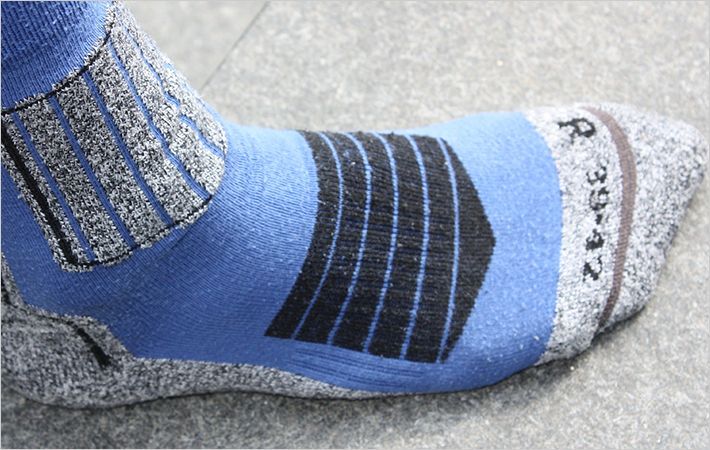The material could be used in security printing in order to detect fraud. Polymer opals can produce much brighter colour at lower cost than the holograms normally seen on banknotes, and would be more difficult to forge.
The technology could also have important uses in the textile industry. “The World Bank estimates that between 17 and 20 per cent of industrial waste water comes from the textile industry, which uses highly toxic chemicals to produce colour,” said Professor Baumberg.
“So other avenues to make colour is something worth exploring.” The polymer opals can be bonded to a polyurethane layer and then onto any fabric. The material can be cut, laminated, welded, stitched, etched, embossed and perforated.
The researchers have recently developed a new method of constructing the material, which offers localised control and potentially different colours in the same material by creating the structure only over defined areas.
In the new work, electric fields in a print head are used to line the nanoparticles up forming the opal, and are fixed in position with UV light. The researchers have shown that different colours can be printed from a single ink by changing this electric field strength to change the lattice spacing.
The results were published earlier this month in the journal Advanced Engineering Materials.
Cambridge Enterprise, the University’s commercialisation arm, is currently looking for a manufacturing partner to further develop the technology and take polymer opal films to market.
University of Cambridge

